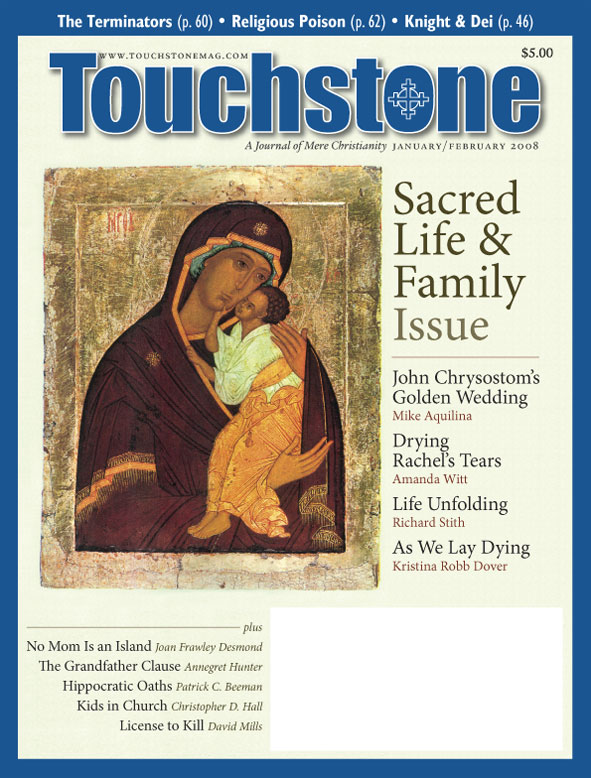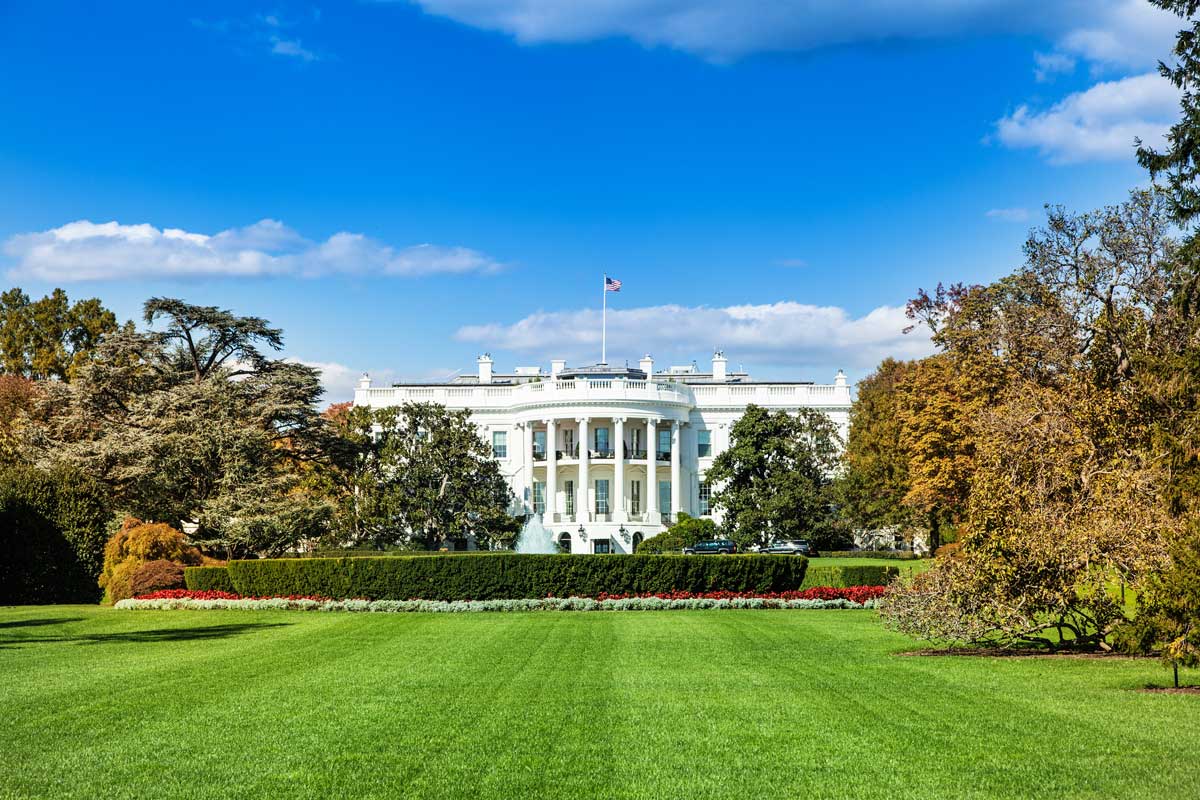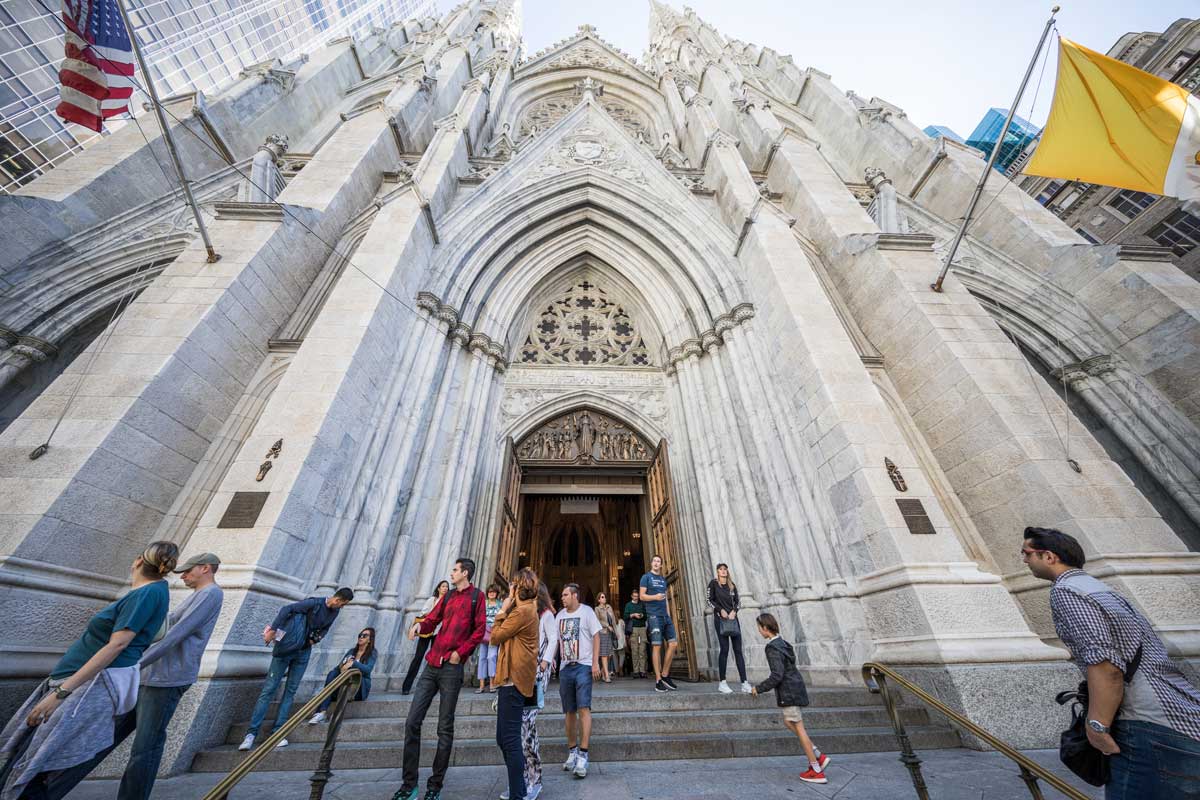View
Hippocrates Seduced
Patrick C. Beeman on the Loss of Life in Modern Medical Oaths
In solemnly reciting the short Hippocratic Oath upon his graduation from medical school (it is about 340 to 380 words long, depending on the translation), the new physician declares, “I will follow that system of regimen which, according to my ability and judgment, I consider for the benefit of my patients, and abstain from whatever is deleterious and mischievous.”
Lest there be confusion about what constitutes mischief, the oath continues, “I will give no deadly medicine to anyone if asked, nor suggest any such counsel; and in like manner I will not give to a woman a pessary to produce abortion.” These two foundational principles—prohibiting abortion and euthanasia—form the distinctive character of the oath.
You might imagine that when med school graduates don their long white coats for the first time (medical students wear short ones), they all swear by “Apollo the physician, and Aesculapius” (some versions substitute “The Almighty”) to uphold these principles. After all, the American Medical Association says that the Hippocratic Oath “has remained in Western Civilization as an expression of ideal conduct for the physician.”
Amended Hippocrates
You would be wrong. Few medical schools require students to swear this oath upon graduation, opting instead for the recitation of a different, more politically palatable but less venerable pledge.
First administered in 1508 at the University of Wittenburg’s medical school, the Hippocratic Oath gradually became incorporated as a formal graduation exercise on both sides of the Atlantic. In 1928, only 24 percent of schools in the United States and Canada administered the oath to their graduates, but after World War II, with the revelation of the atrocities committed by the Third Reich in the name of medical science, many more schools included an oath as part of the graduation rite.
In 1993, one hundred percent of American medical schools administered some oath to their graduates. However, few today actually use what could be called a “Hippocratic Oath,” one that preserves its original intent while updating the language. Only 14 percent of the new oaths (Hippocratic or otherwise) prohibit euthanasia, only 8 percent proscribe abortion, and only 11 percent invoke God.
At my medical school, first-year students learn about a number of alternatives to the original Hippocratic Oath: the Oath of Maimonides and the Prayer of Maimonides (neither by Maimonides); the Declaration of Geneva; and a handful of revisions of the Hippocratic Oath.
Both the Oath and the Prayer of Maimonides present life as something given by God to be served by the physician, stating, “Thou hast appointed me to watch over the life and death of Thy creatures.” However, neither offers practical advice on how to live this out, and neither mentions abortion or euthanasia.
The Declaration of Geneva, formulated in 1949 by the World Medical Association, conscious of the Nuremburg trials, begins with a “solemn pledge” to consecrate one’s life to the service of humanity. It then calls for such things as practicing medicine “with conscience and dignity” and maintaining patient confidentiality.
Importantly, it affirms, “I will maintain the utmost respect for human life from its beginning, even under threat, and I will not use my medical knowledge contrary to the laws of humanity.” But it does not say, as does the Hippocratic Oath, “I will give no deadly medicine” nor “a pessary to produce abortion,” and by formulating its practice in terms of an abstract “respect” and “the laws of humanity,” it makes possible an approval of abortion or euthanasia.
Then there are the un-Hippocratic, modern revisions of the original oath, which reject, by absence or evasion, the traditional proscriptions on abortion and euthanasia. For instance, the British Medical Association’s version—which is, as C. S. Lewis might have put it, an oath without a chest—proclaims “the special value of human life,” yet immediately adds, “but I also know that the prolongation of human life is not the only aim of healthcare. Where abortion is permitted, I agree that it should take place only within an ethical and legal framework.”
Another revision preserves the structure and some ideas of the original, though with the literary merit of a phonebook. It includes what looks like a euthanasia clause, declaring, “I swear to wield my art in such ways, and only in such ways, as serve to preserve sentient life in its myriad forms, or to allow such life to depart in dignity.”
Still others, like Cornell Medical College’s revision, simply leave out abortion and euthanasia.
Disconnected Doctors
I wonder whether the schools, and the students comfortable with the alternatives, consciously choose to ignore Hippocratic principles or whether their ignorance is just symptomatic of a greater cultural change since the time when the declarations of the oath were considered self-evident. Many of my colleagues seem to have wholeheartedly accepted the principles of the culture of death placed within our curriculum. The strident activism of our school’s Medical Students for Choice is only a particularly sad example.
There is a disconnection between the traditional, Hippocratic idea of the medical profession serving life and the good, and an opposing, novel notion of the profession slowly being introduced into the medical curriculum. The alternative to the Hippocratic understanding of medicine is for medicine to become a tool for what some are calling the “new eugenics.”
What sets medicine apart from pure science is that it asks the question, “What is the good for man?” rather than simply, “What is man?” Medicine can never be morally neutral, for the good of man is an inherently moral idea.
This is what makes the widespread acceptance by the profession—from the nadir of the first-year lecture hall to the heights of healthcare policymaking—of the morning-after pill, abortion, in vitro fertilization, contraception, euthanasia, and prenatal “screening” so horrifically disturbing. Such things cheapen human life where they do not destroy it outright.
During the lecture on medical oaths, one student asked in regard to the Hippocratic proscriptions on killing, “Wouldn’t these preclude a doctor from prescribing the morning-after pill or advocating for euthanasia?” The professor responded, “It would seem that way, wouldn’t it?” Indeed it would.
Too many students—many without realizing it—are moved by lectures that covertly plant into their minds anti-life ideas. During our first course in medical school, we learned that physicians ought to feel compassion not because certain people were born with genetic diseases or birth defects such as Down syndrome or anencephaly, but because these individuals were not “screened” early enough (i.e., aborted).
Rather than presenting these lives as at least potentially good, the lecturers presented them as most definitely bad, as if this were self-evident and the view that doctors naturally took. But the solution offered—aborting fetuses with known genetic defects—seems rather like the solution described by Chesterton as attempting to “solve the problem of too few hats by lopping off heads.”
Soon thereafter, we learned of the glories of diagnosing Down syndrome by ultrasound (more cost-effective than other prenatal tests), which could produce a nearly certain diagnosis. In this manner, a woman could very early be sped along the road to abortion, even though her child might not really suffer from Down syndrome (not that killing him would be justified even if he were). The presumption seemed to be that children should, so far as is possible, be made to order.
The Two Loves
Nevertheless, many students do not think doctors should labor to destroy those they have promised to serve, when they can devote themselves to comforting them and possibly, if only eventually, healing them. And as my limited experience—both as an applicant and as a student member of the admissions committee—has shown me, there are traditional elements in medical education that have perdured, such as medical students’ reasons for wishing to become doctors.
As clichéd as it may sound, the answer applicants and students give to the question “Why medicine?” is invariably that they want to help people. I am convinced that most of my fellow students view the existence of disease as a moral imperative to take their intellectual talents and other abilities and place them at the service of the most vulnerable among us.
Admittedly, a few students are in medicine exclusively in the hope of getting rich, satisfying intellectual curiosity, or gaining prestige. Still, when a student admits this, most of my friends groan or stare in disbelief at such an instrumental view of our profession, and remark that it would have been much easier for him to go into investment banking to get rich or the law to satisfy his intellectual curiosity.
But there is much in our medical schools and in our culture that suggests even to the idealistic that they may define their calling in different ways than did Hippocrates—by using their knowledge to screen out the “defective,” for example. Thus, our medical schools offer their students bland, uncontroversial, inoffensive alternatives to the Hippocratic Oath and the ethics it embodies.
Elsewhere in the Hippocratic corpus we learn, “Where there is love of mankind, there is also love of the Art of medicine.” Although this is not always the case, where there is the art of medicine, with its inherent obligation to heal, there ought to be love of mankind, especially the poor, the sick, the aged, the unborn, and the handicapped.
Patrick C. Beeman was formerly a lecturer in philosophy at Cleveland State University. He is currently the president of the Catholic Medical Students Association and in 2008 was a Pellegrino Fellow at the Georgetown University Center for Clinical Bioethics. He is a medical student at the University of Toledo and attends Holy Rosary Cathedral with his wife and two children.
subscription options
Order
Print/Online Subscription

Get six issues (one year) of Touchstone PLUS full online access including pdf downloads for only $39.95. That's only $3.34 per month!
Order
Online Only
Subscription

Get a one-year full-access subscription to the Touchstone online archives for only $19.95. That's only $1.66 per month!
bulk subscriptions
Order Touchstone subscriptions in bulk and save $10 per sub! Each subscription includes 6 issues of Touchstone plus full online access to touchstonemag.com—including archives, videos, and pdf downloads of recent issues for only $29.95 each! Great for churches or study groups.
Transactions will be processed on a secure server.
more on medicine from the online archives
more from the online archives
calling all readers
Please Donate
"There are magazines worth reading but few worth saving . . . Touchstone is just such a magazine."
—Alice von Hildebrand
"Here we do not concede one square millimeter of territory to falsehood, folly, contemporary sentimentality, or fashion. We speak the truth, and let God be our judge. . . . Touchstone is the one committedly Christian conservative journal."
—Anthony Esolen, Touchstone senior editor









